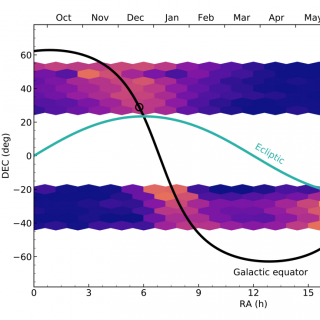Extreme emission-line galaxies in SDSS - I. Empirical and model-based calibrations of chemical abundances
Local star-forming galaxies show properties that are thought to differ from galaxies in the early Universe. Among them, the ionizing stellar populations and the gas geometry make the recipes designed to derive chemical abundances from nebular emission lines to differ from those calibrated in the Local Universe. A sample of 1969 extreme emission
Pérez-Montero, E. et al.
Fecha de publicación:
6
2021
